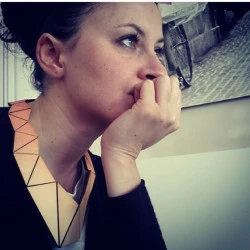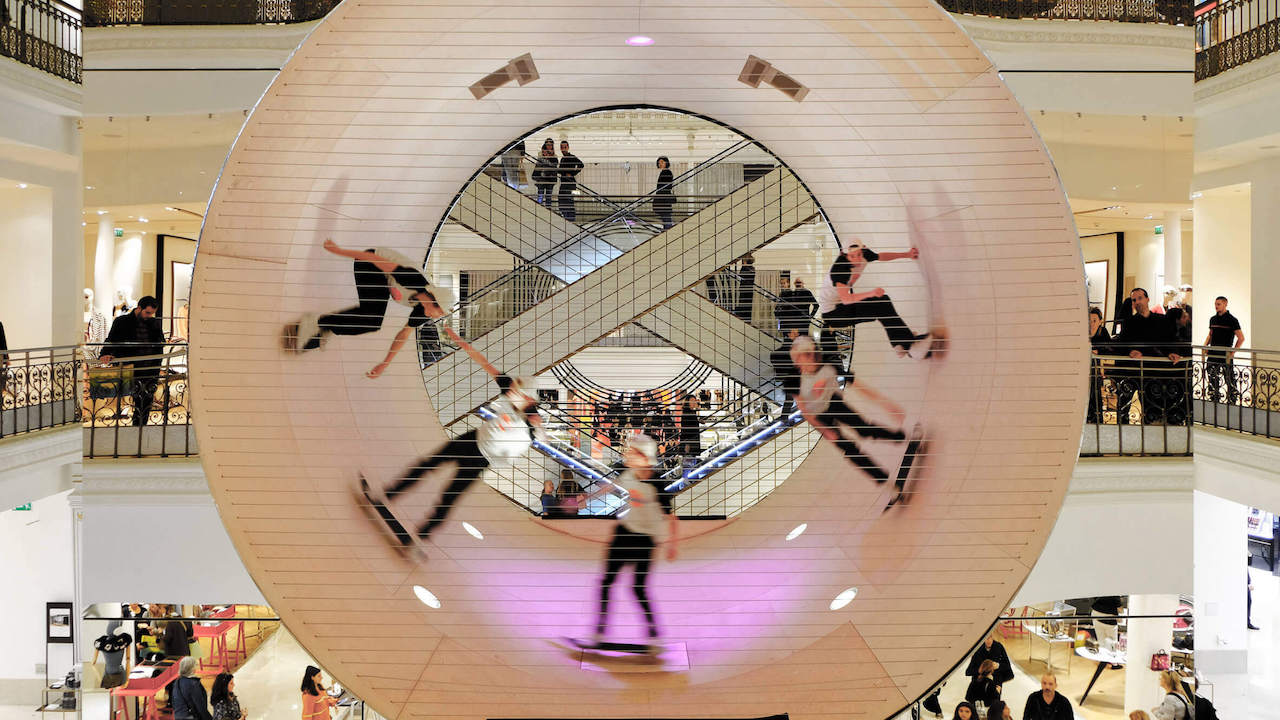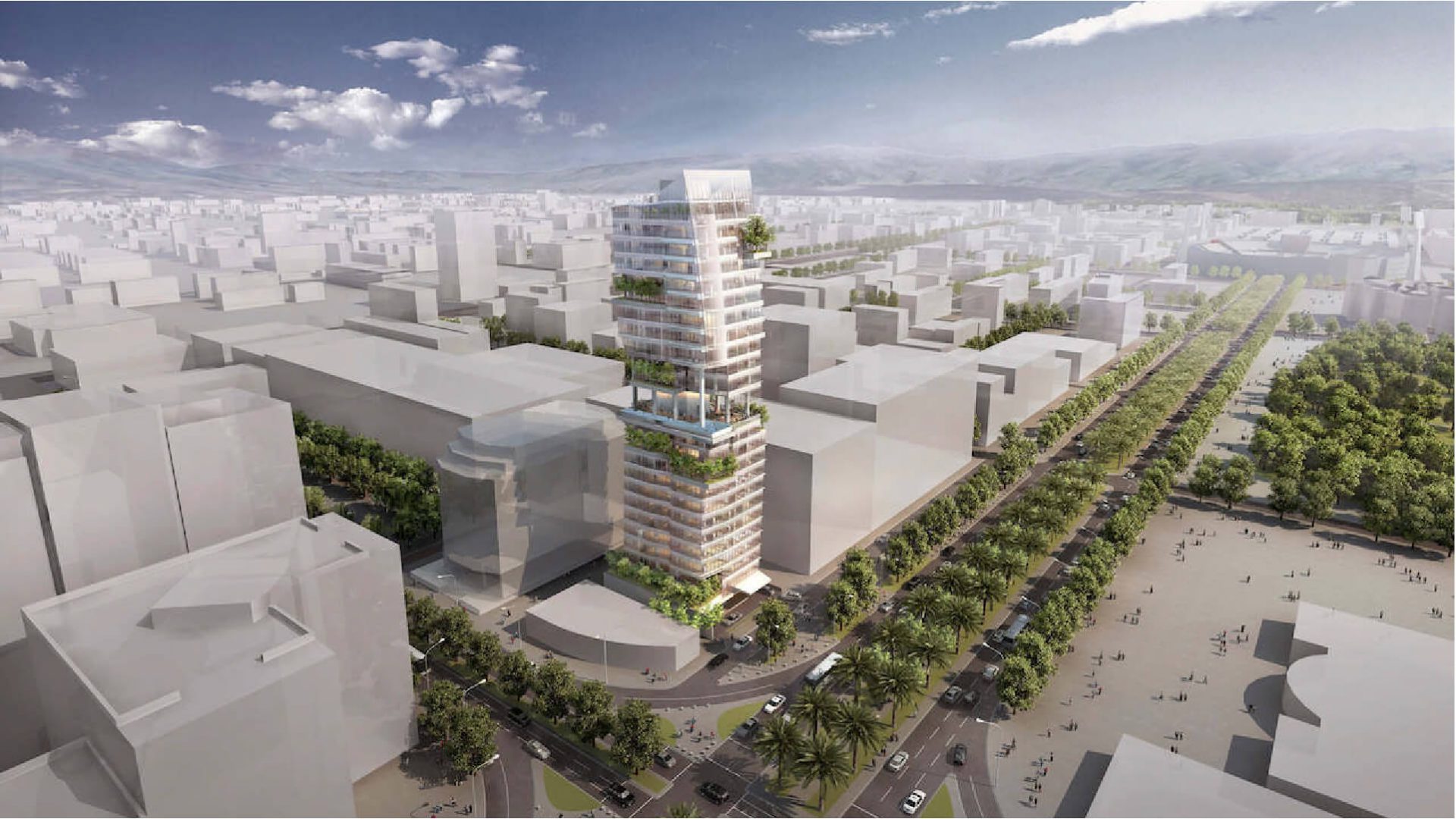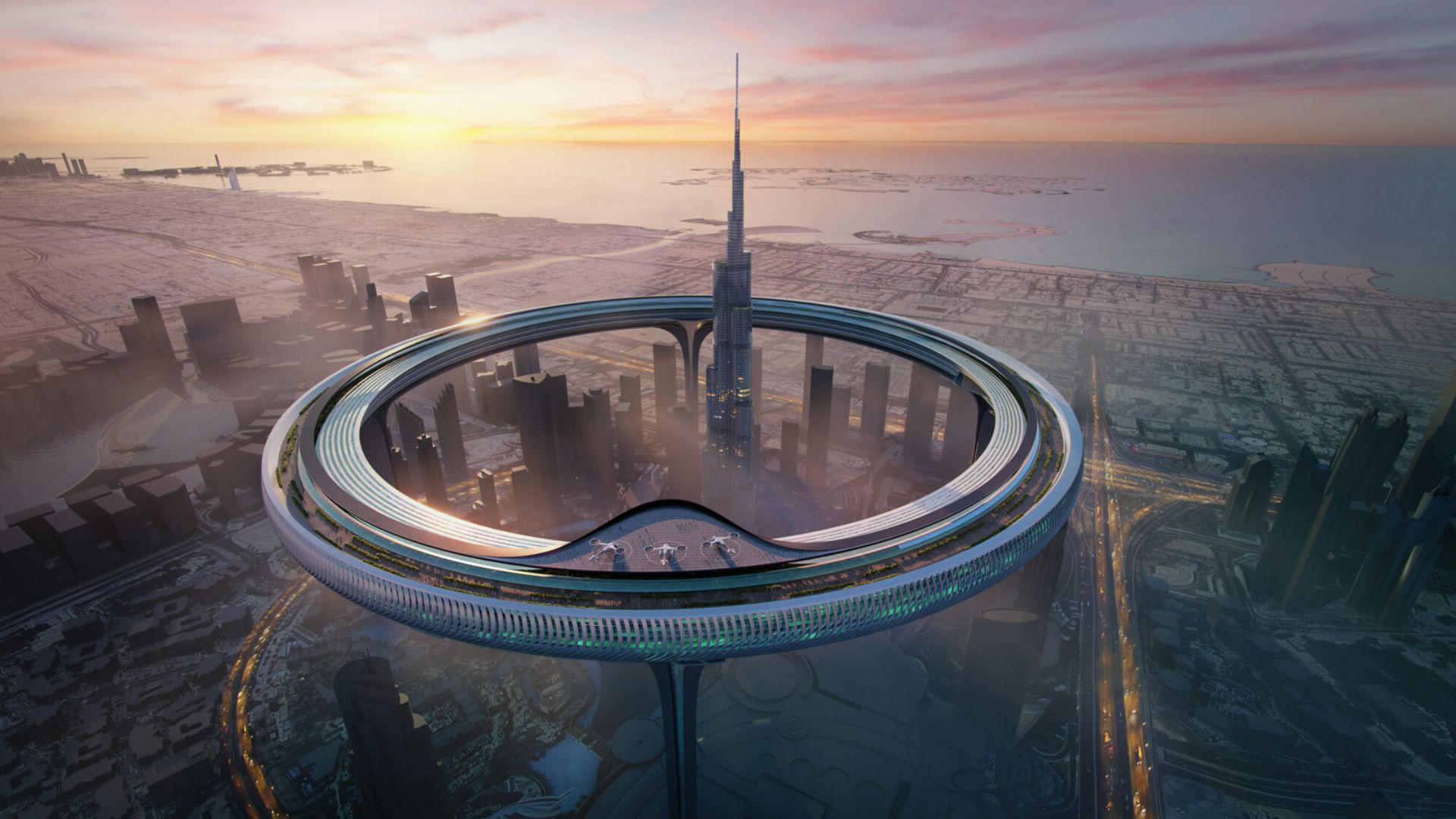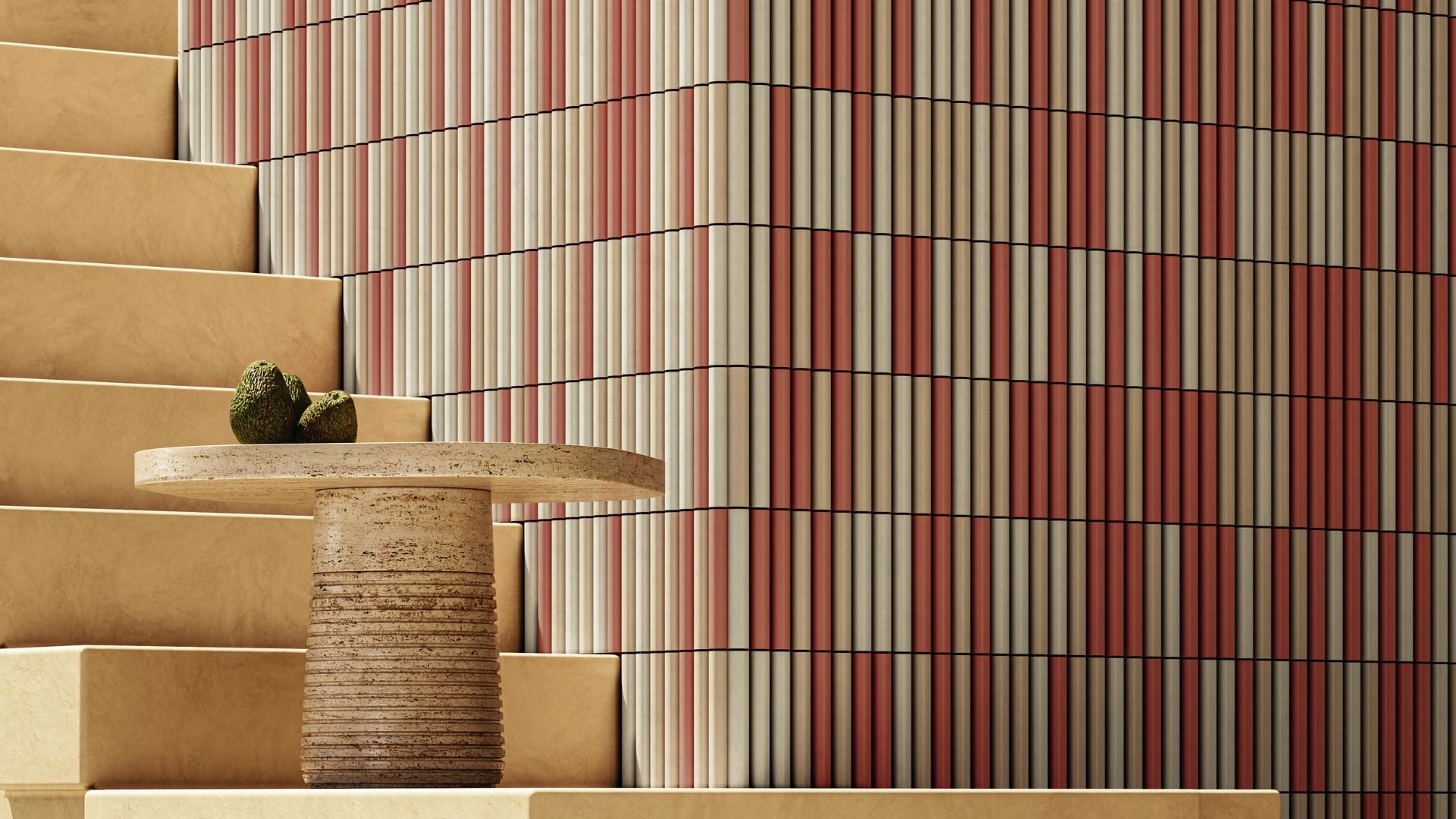Lightness and transparency, Norman Foster is the undisputed Lord of the glass
More than any other architect, Norman Foster makes the use of glass his distinctive mark, creating mesmerizing structures that gently melt with the urban landscape.
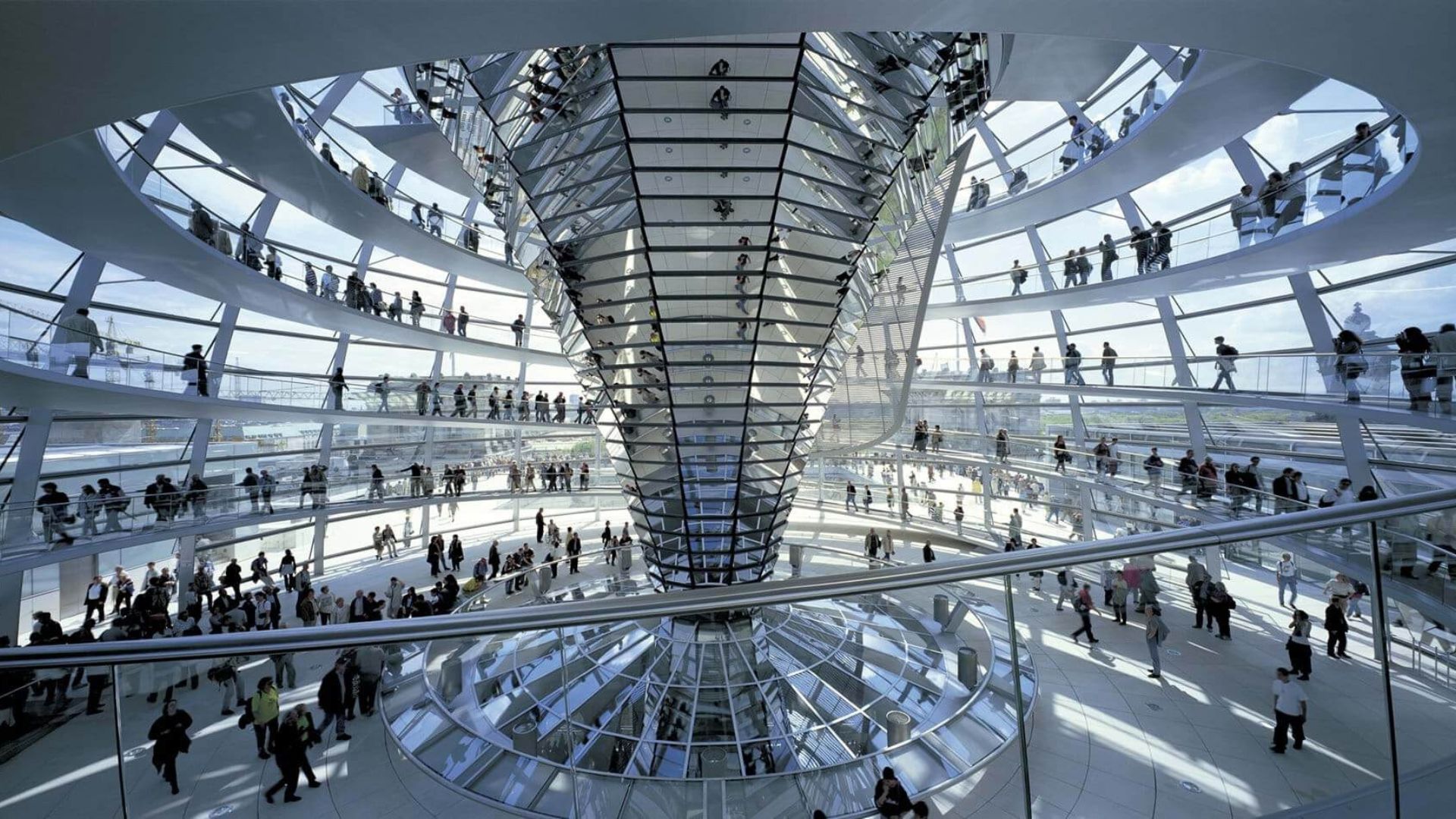
A good starting point to understand the greatness and uniqueness of Sir Norman Foster stylistic behavior is his own working space. The Foster + Partners London headquarters are located in a glass and steel building on the south bank of the Thames, in a double-height open space: Foster himself has an apartment at the top of the same structure.
Winning a Pritzker Prize in 1999, Norman Foster is considered one of the most influential architect of the world and one of the most prolific British designers of his generation, animated by a desire to create a better life through design and technology, with revolutionary solutions for the environmental and social impact of his works.
Norman Foster – Project highlights:
The Gherkin aka 30 St. Mary Axe in London
Standing on the London Skyline like a giant pickle, 30 St. Mary Axe is Foster’s most iconic skyscraper. Informally known as The Gherkin, the building is also the city’s first ecological tower: located in the heart of London’s financial center, the structure features an aerodynamic form that induces natural ventilation across the floors and six spiraling light wells that allow natural light to the lower floors.

Reichstag in Berlin
Foster’s restoration of the Reichstag, home to Germany’s Bundestag, is a full understanding of the historic significance of the democratic forum: not only the glass dome drives the building natural lighting and ventilation, but also it allows a social interpretation of the government transparency, in which citizens are witnesses of the parliament work.
The dome offers visitors a 360 degrees view of the capital, standing as a sculpture of light accessible to the public, in which people are above the government, against any future form of dictatorship.
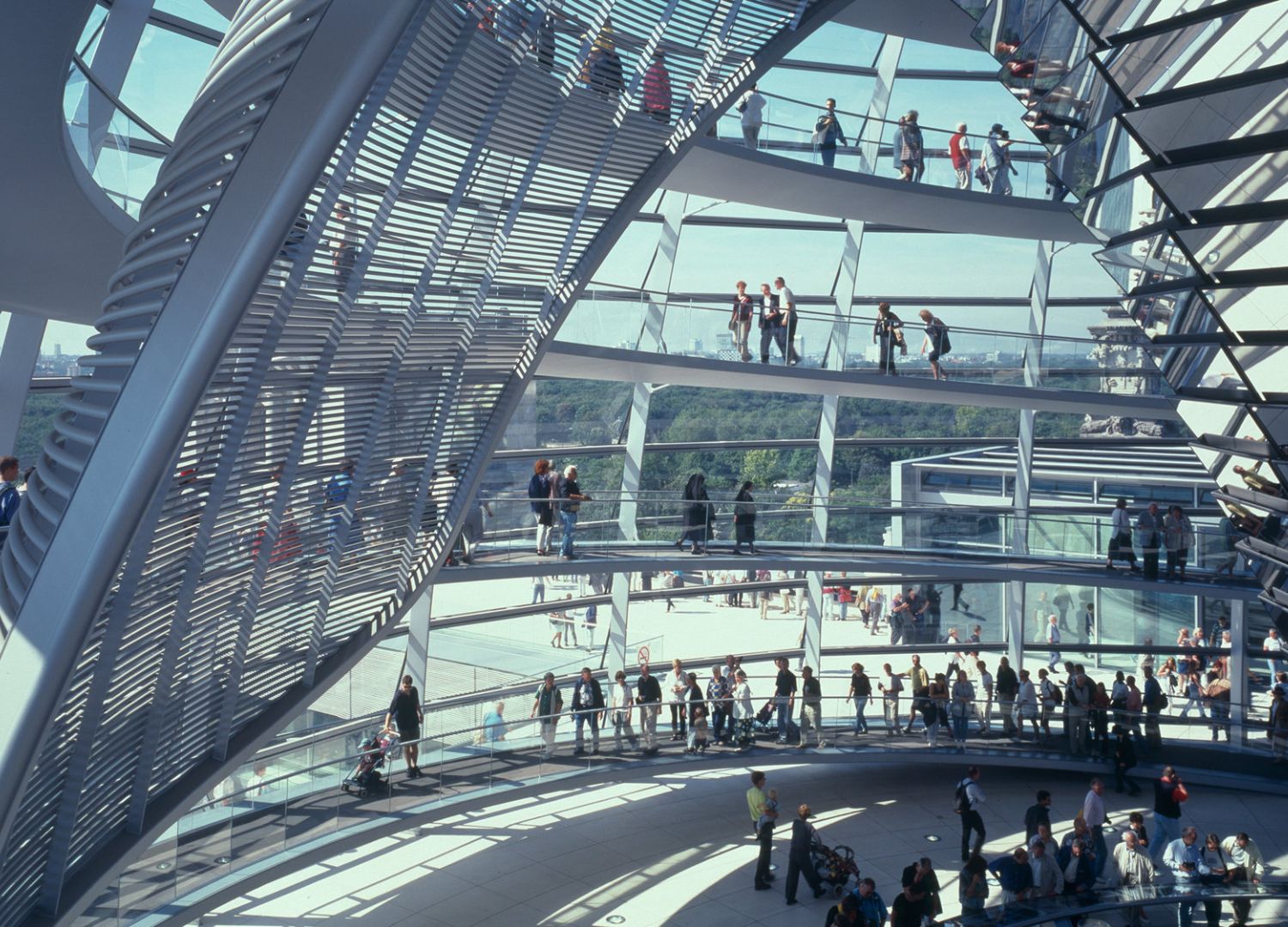
Norman Foster and Apple
Since 2014, Foster + Partners has designed a striking and appealing series of Apple Stores around the globe: from the most unconventional one, located in a 19th-century apartment in Paris and surrounding a courtyard, to the eight-meter high fountains of Milan, to the giant translucent facade of Kyoto, the tech giant’s retail vision is aligned to Foster’s in creating social spaces, green areas, and glass sculpted learning hubs.

The Millau Viaduct in France
An architecture and engineering marvel, the Millau Viaduct is the tallest road bridge in the world. A minimalist design, to take up as little visual space as possible, at its highest point the bridge is an impressive 343 meters high on the river Tarn, in the south of France: seven pylons to sustain a 2,4 km road that early in the morning seems to float above the clouds, delicate and transparent, in Foster’s style.

McLaren Technology Center in Woking
Viewed from the top, the McLaren Technology Center looks like the Chinese yin-yang symbol, in which the semi-circular building is completed by an artificial lake that helps to cool not only the wind tunnel, which generates great heat but also the whole engineering complex.
A continuous, curved, glass facade as the main element is nothing but the perfect fusion of Foster’s architecture and McLaren’s need for speed.



